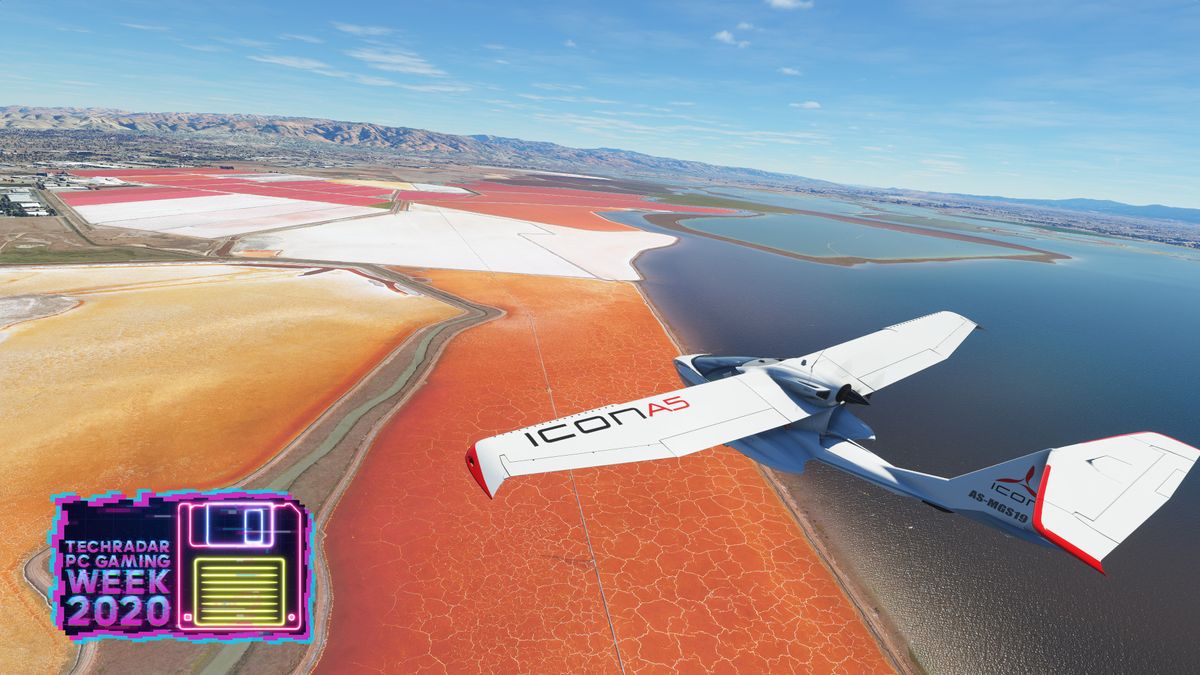‘Marvel’s Avengers’ Is a Multiplayer Hero-Spree You Can Skip
If there’s a commonality in video game writing these days—particularly in pieces about superhero titles—it’s discourse around how studios craft experiences that make gamers feel like the characters they’re playing. Rocksteady grounded its Arkham games in Batman’s methodical detective work. Insomniac Games captured a sense of freedom by letting players web-sling through Manhattan as Spider-Man. The lingering feeling throughout Crystal Dynamics’ Marvel’s Avengers, though, is one that’s less spectacular: déjà vu. Play long enough and the only sensation you’ll have is that everything you’re doing has been done before.
Avengers doesn’t start this way, though. It begins by introducing Kamala Khan, whose story bookends the single-player(-ish) portion of the game as she develops from a New Jersey fan-fiction writer into the full-fledged Avenger Ms. Marvel. It’s A-Day, a festival of sorts celebrating the titular team, and while most games have unremarkable tutorial levels, these first few moments of Avengers are replete with charm. There are carnival games in which you shoot targets à la Black Widow and try to lift Thor’s hammer in a strength contest. You run into the God of Thunder himself as he picks up a keychain-sized Mjolnir in the ever-flamboyant Tony Stark booth. The rest of the exposition, and much of the campaign that follows, unfolds from Khan’s awe-filled perspective.
The second half of this opening sequence, which will be familiar to players of the generously sized beta, familiarizes the player with how to play as Thor, Iron Man, Hulk, Captain America, and Black Widow. This one-after-another sequence works to great effect, reminiscent of battle montages in the Avengers films, where cuts prevent the pace of action from getting bogged down by dwelling too long on any one character.
This embarrassment of superhero riches also provides one of the game’s shortcomings. In delivering six playable characters, it’s clear Crystal Dynamics couldn’t spend too much time on making them each feel bespoke. There’s a distinct pattern to the heroes: those who swing through the air (Ms. Marvel and Black Widow), the ones who jump and wall-run (Hulk and Captain America), and the fliers (Thor and Iron Man). Sure, there are skill trees that fine-tune how each hero plays, but the moment-to-moment fun is hampered by certain design choices. For example, in many games that place players on a never-ending escalator of loot in order to achieve that perfect character build, shiny new items not only boost your power, but are also reflected by increasing levels of visual flair. After all, what fun is it to grow your character if you can’t show her off? In Avengers, though, you might finally get a piece of equipment with the one attribute you’ve been looking for, but equipping it is purely an exercise in utility. To change how your hero actually looks, you have to unlock skins which, sadly, are mostly recolorings of a handful of unique costumes for each character.
Rounding out the puzzling design choices are, well, puzzles, and an odd approach to opening up the campaign to playing with friends. The logic problems are all garden-variety “stand here and shoot these two targets to open a door” challenges. Fun enough, but so basic they could’ve been left out of the game entirely. (Also, the developers must be really big Shenmue fans, because boy are there quick-time events.) Beyond these mini-games, the narrative bulk of the game revolves around a plotline titled Reassemble. That makes sense for an Avengers game (aren’t Avengers always doing some kind of assembling?), but not so much for a multiplayer one. Under the Reassemble rules, slots in your party don’t start at the maximum of four, they open up over time, so players who buy this game with the intention of playing with three other friends won’t be able to do so until about halfway through a 12-hour campaign.


